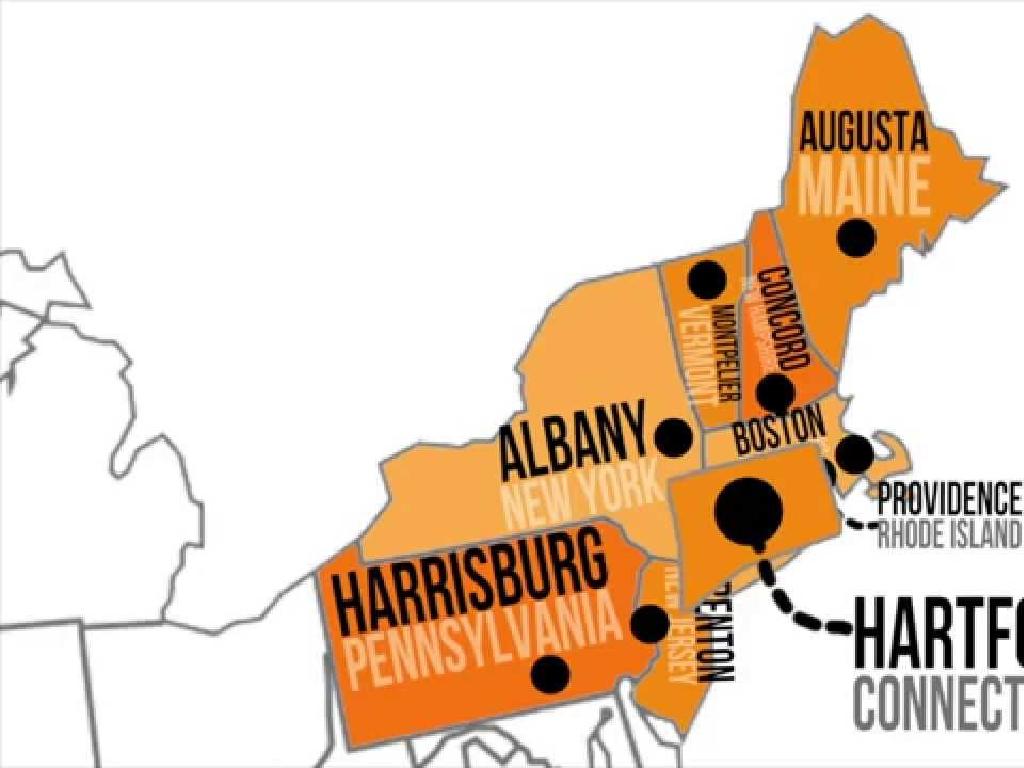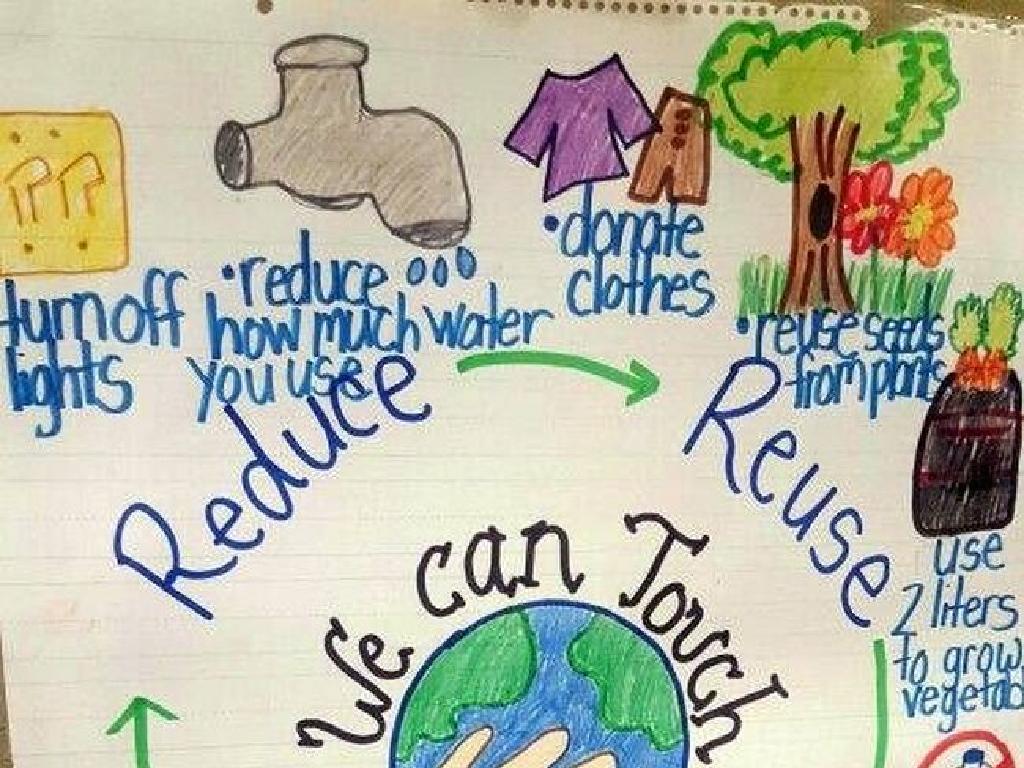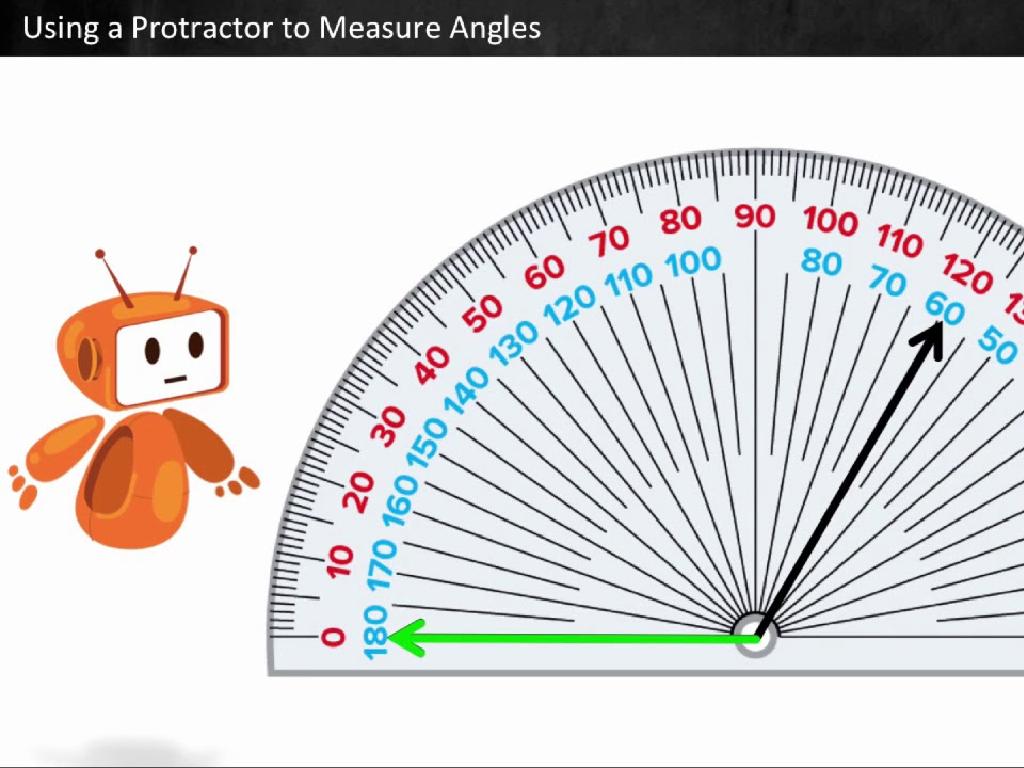Circles: Word Problems
Subject: Math
Grade: Eighth grade
Topic: Perimeter And Area
Please LOG IN to download the presentation. Access is available to registered users only.
View More Content
Understanding Circles: A Round Journey!
– Explore circles in daily life
– Circles are everywhere: wheels, clocks, pies
– Review: Radius and Diameter
– Radius: distance from center to edge; Diameter: twice the radius
– Understand Circumference
– Circumference: the perimeter or distance around a circle
– Solve real-world problems
|
This slide introduces students to the concept of circles and their relevance in everyday life. Begin by discussing how circles appear in various objects and scenarios that students encounter daily, such as wheels on a bike, a clock face, or a pizza. Then, conduct a quick review of the fundamental properties of circles, including the radius, diameter, and how they relate to each other. Next, define circumference as the total distance around the circle and explain its importance. Finally, prepare to engage students with word problems that apply these concepts to real-world situations, enhancing their understanding and retention of the material.
Calculating the Circumference of a Circle
– Circumference: Circle’s perimeter
– Circumference formula: C = 2Àr
– Where r is the radius of the circle
– Alternative formula: C = Àd
– d represents the diameter of the circle
– Class activity: Calculate together
– Use different circle examples to practice
|
The circumference is the distance around the circle, similar to the perimeter of a polygon. Introduce the formula C = 2Àr, where ‘r’ is the radius, and explain that À (pi) is a constant approximately equal to 3.14. Also, present the alternative formula C = Àd, where ‘d’ is the diameter of the circle. For the class activity, provide students with various circles and ask them to calculate the circumference using both formulas. This will help them understand the relationship between diameter, radius, and circumference. Prepare to offer guidance on how to measure the radius and diameter and how to use a calculator for À. The activity should include circles with different sizes to ensure students can apply the formula in diverse scenarios.
Calculating the Area of a Circle
– Area: space inside the circle
– Area formula: A = Àr^2
– A represents the area, À is Pi, and r is the radius of the circle
– Example: radius = 5 cm
– Use the given radius to find the area
– Solve: A = À(5 cm)^2
– Substitute r with 5 cm in the formula
|
The area of a circle is the amount of space enclosed within its boundary. To calculate this, we use the formula A = Àr^2, where A is the area, À (Pi) is approximately 3.14159, and r is the radius of the circle. For example, if a circle has a radius of 5 cm, the area is A = À(5 cm)^2. Ensure students understand that the radius is half the diameter of the circle. Have them practice by substituting different values for r into the formula and calculating the area. Encourage them to memorize the formula and understand its components for solving word problems related to the area of circles.
Word Problems: Circumference of Circles
– Real-world application of circumference
– Example: Bicycle wheel circumference
– If a bike wheel’s diameter is 26 inches, what’s the circumference?
– Class practice problem
– Find the circumference of a circle with a given diameter or radius.
– Steps to solve circumference problems
|
This slide aims to help students apply their knowledge of circle circumference in real-world scenarios. Start by explaining how circumference is relevant in various contexts, such as in engineering, design, and everyday objects like bicycle wheels. Provide an example problem calculating the circumference of a bicycle wheel to demonstrate the application of the formula C = Àd or C = 2Àr, where C is circumference, d is diameter, and r is radius. Then, present a practice problem for the class, guiding them through the steps: identify the given information, write down the formula, substitute the values, and solve for the circumference. Encourage students to discuss their approach and solution with the class.
Word Problems: Area of Circles
– Practical uses of circle area
– Example: Area for a circular sign
– If a sign has a radius of 3ft, area = À * radius^2
– Class exercise: Solve a problem
– Find the area of a circle given its diameter in a real-world scenario
– Discuss solutions and methods
– We’ll review different approaches to solving the problem
|
This slide aims to apply the concept of area to real-world situations, specifically focusing on circles. Start by discussing practical applications of circle area, such as in designing objects or planning space. Present an example problem where students calculate the area needed to paint a circular sign, reinforcing the formula (Area = À * radius^2). For the class exercise, provide a word problem that requires students to find the area of a circle, perhaps involving a real-life context like gardening or architecture. After the exercise, discuss the solutions as a class, highlighting various methods used and ensuring comprehension. Encourage students to explain their reasoning and share any alternative approaches they might have considered.
Combining Perimeter and Area in Circles
– Understanding perimeter and area
– Application in real-world scenarios
– When designing spaces like gardens or rooms
– Example: Circular garden design
– A garden with a path requires calculating the outer edge (perimeter) and the total space inside (area).
– Group Activity: Plan a flower bed
– Consider the width of the path and the space for plants.
|
This slide introduces the concept of combining the knowledge of perimeter and area when dealing with circular shapes, which is essential in various real-world applications such as landscaping, architecture, and interior design. For instance, when designing a garden with a circular path, one must calculate the perimeter for fencing and the area to determine the space available for planting. The group activity encourages students to apply these concepts by creating a plan for a circular flower bed with a path around it. Teachers should guide students to consider factors such as the width of the path and the amount of planting space within the flower bed. Possible activities include calculating the cost of materials based on perimeter and area, optimizing the design for maximum green space, or comparing designs with different diameters.
Class Activity: Circle Scavenger Hunt
– Find circular objects in class
– Measure circumference and area
– Use a string and ruler for circumference, and formula C = Àd or C = 2Àr
– Calculate using formulas
– For area, use formula A = Àr²
– Present your findings
|
This interactive activity is designed to help students apply their knowledge of circles in a practical setting. Students will search for objects with circular bases in the classroom, such as clocks, jars, or coins. They will then measure the circumference using a piece of string and a ruler, and calculate it using the formulas C = Àd or C = 2Àr, where d is diameter and r is radius. For area, they will use the formula A = Àr². After calculations, students will present their objects and findings to the class, explaining the process they used. This will reinforce their understanding of the mathematical concepts and improve their presentation skills. Possible variations for different students could include finding objects of different sizes, comparing calculated values with actual values, or even estimating measurements using non-standard units.
Circles: Review and Q&A
– Recap key points on circles
– Open floor for questions
– Offer more circle examples
– For instance, calculating the area of a circular garden.
– Encourage peer discussion
– Share thoughts on problem-solving.
|
This slide aims to consolidate the students’ understanding of the day’s lesson on circles, including their properties, perimeter (circumference), and area. Begin with a brief recap of the key points discussed. Then, invite students to ask any questions they have, fostering an interactive environment. Be prepared to provide additional examples to clarify concepts, such as finding the area of a circle given the radius or diameter. Encourage students to discuss among themselves and share their approaches to solving word problems involving circles. This peer-to-peer interaction can help solidify their grasp of the material and promote collaborative learning.
Circles Homework and Quiz Prep
– Complete the worksheet provided
– Focus on circumference and area problems
– Study for the upcoming quiz on circles
– Review formulas and solve practice problems
– Extra credit: Circle in architecture
– Find a circular structure and its importance
|
This slide outlines the homework assignment focusing on applying the formulas for circumference and area to solve word problems. Students should complete the worksheet to reinforce their understanding. Additionally, they need to prepare for a quiz that will assess their knowledge of circles, including key concepts and problem-solving skills. For extra credit, students are encouraged to explore the use of circles in architecture, which can help them appreciate the practical applications of geometry in real life. Teachers should provide examples of circular architecture, such as the Pantheon or modern buildings with circular designs, to inspire students.






